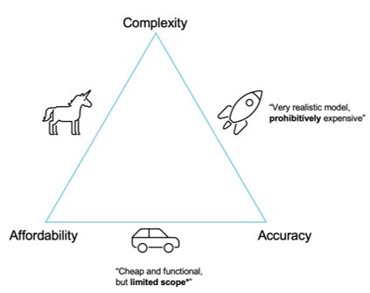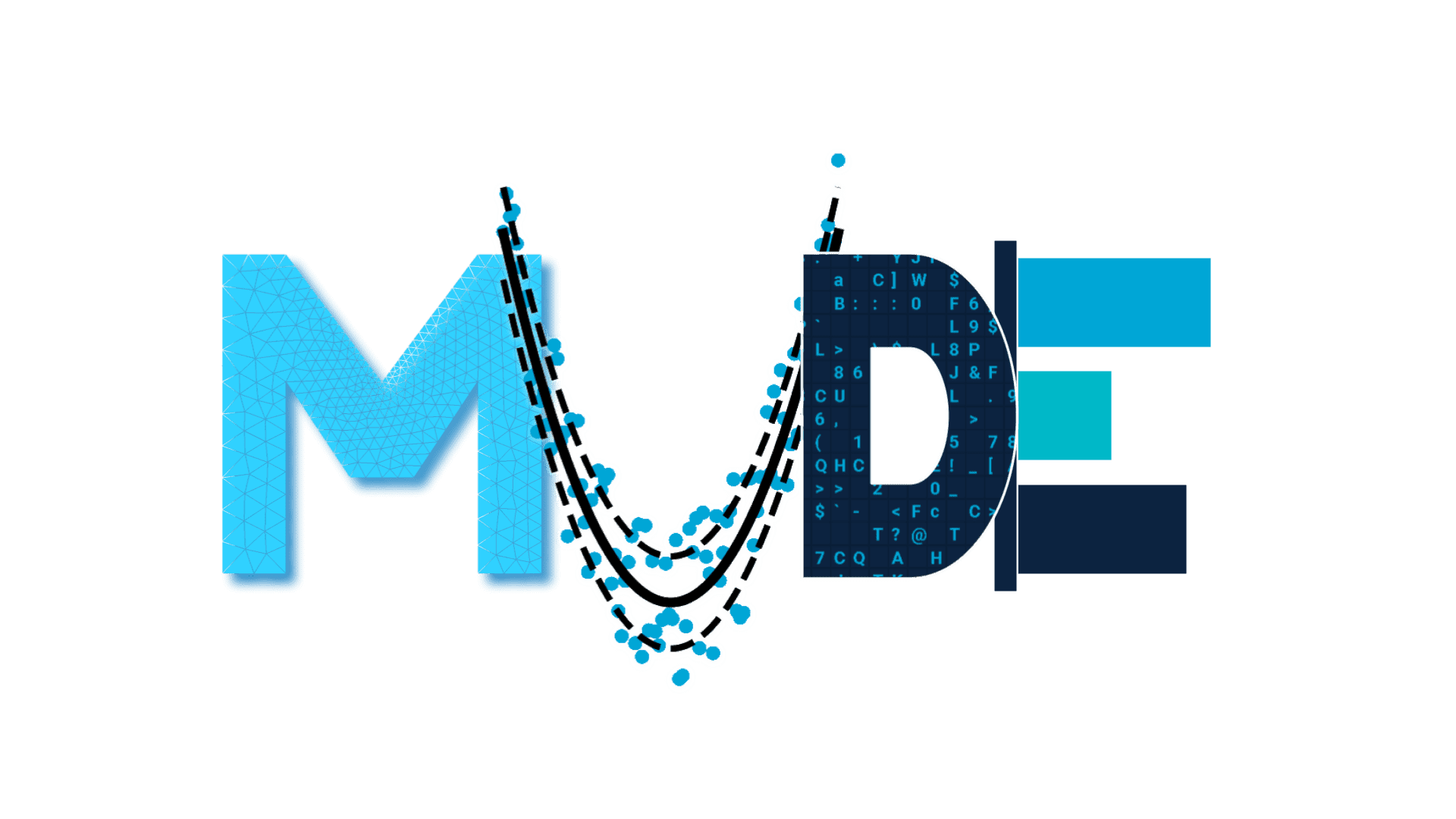Report#
Part 1#
For part 1, Try splitting into pairs within your group and each choose a model to consider, then after a few minutes regroup and explain your results to each other. Please refer to the book if you are unsure about any terms.
The question below refers to the 4 examples in Part 1 of the notebook.
1.1 Classify the models in the examples using the categories in the textbook. Please provide an explanation of your choice.
1.2 Place each model on the tradeoff triangle (shown below) and provide an explanation of your choice.

1.3 What simplifications are made in the models?
1.4 What types of uncertainty are the models affected by?
Part 2#
Before answering these questions, please work through Part 2 of the notebook.
2.1 For model 1, what does the coefficient of determination \(R^2\) tell you?. What can you conclude from this?
2.2 For model 1, describe the resulting two plots. What can you conclude from this?
2.3 For model 1, what can you conclude from looking at the error bars? Would you have confidence in this model?
2.4 For model 2, please describe the resulting two plots. What can you conclude from this? Looking at the error bars, would you have confidence in this model?
2.5 Which model, if any, do you think is better according to Goodness of Fit metrics? Why?
Part 3#
3.1 (Optional but recommended) Based on these models and the data you have available, make a prediction for the ice breakup for next year!
3.2 (Optional but recommended) Outline your own conceptual model based on what you have learned in the notebook. Explain your choices.
Jialei Ding and Robert Lanzafame, Delft University of Technology. CC BY 4.0, more info on the Credits page of Workbook.
